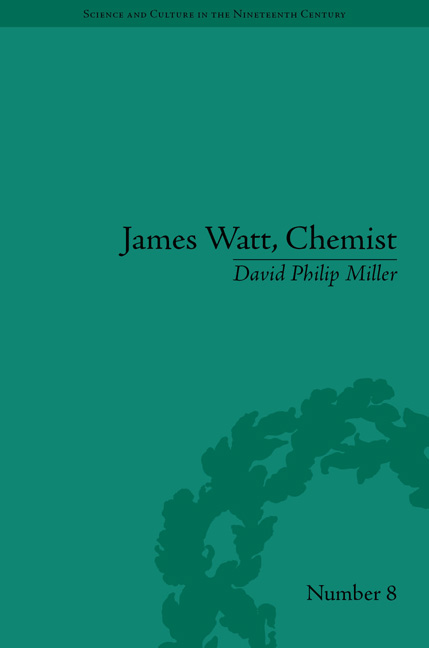Book contents
6 - The Indicator Understood, or Why Watt was not a Proto-thermodynamicist
from II - Realities
Summary
Introduction
Later nineteenth-century histories of the steam engine were most often written by practising engineers and scientists. They exhibited the common tendency of practitioners to write ‘Whig’ history, that is, to interpret past historical actors and actions in modern terms. This genre of literature, then, assimilated Watt to the modern traditions and conceptions of thermodynamics. In its turn this later nineteenth-century literature has left its mark on modern historical writings.
I am concerned in this chapter with two processes of assimilation of Watt to thermodynamics. The first involves conceptual assimilation of Watt to mid-nineteenth-century understandings of ‘energy’. A typical example of conceptual assimilation is an essay by Keith J. Laidler, which presents Watt and his engine as practical progenitors of that science. Certainly the steam engine was an important resource for those developing thermodynamic understandings. But to picture Watt and his engine ‘pushing’ in that direction is problematic. Even sophisticated and nuanced treatments of the issue fall into a similar trap. The eminent historian of technology, Donald Cardwell, implicitly placed the work of Black and Watt on heat into a tradition of the ‘physics’ of heat, a line leading to the ‘Rise of Thermodynamics’. I have already argued that the excellent and detailed account of the origins of Watt's key invention by Richard L. Hills is also on dangerous territory when deploying the concept of the ‘perfect engine’ in telling that history. Although the term does come from Watt's own accounts of how he arrived at his invention, and therefore must in some sense be reliable, what the term meant to Watt is all too easily lost sight of and elided into later visualizations of ideal heat engines that every modern student learns about as the basis of thermodynamics. The second process of assimilation involved the steam indicator, a device that, because of its mid-nineteenth-century involvement with thermodynamic theory, was often taken as some kind of natural bridge between that theory and Watt, who invented the instrument. As I will show, the rather mysterious, chequered and just plain misunderstood, history of this device encouraged a ‘telescoping’ of its later and early history.
Information
- Type
- Chapter
- Information
- James Watt, ChemistUnderstanding the Origins of the Steam Age, pp. 147 - 168Publisher: Pickering & ChattoFirst published in: 2014
